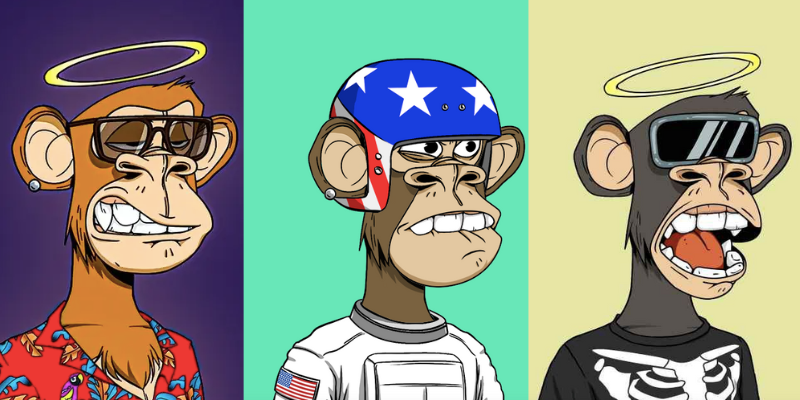What the NFT Phenomenon Tells Us About the Monetary and Creative Value of Art

🌈 Abstract
The article explores the rise and fall of the NFT (non-fungible token) market, examining how it intersected with the art world, finance, and technology during the COVID-19 pandemic. It follows the stories of several artists, including Tyler Hobbs, who found unexpected success in the NFT boom, as well as the broader economic and cultural forces that fueled the speculative frenzy around digital art and collectibles.
🙋 Q&A
[01] The Rise of NFTs
1. What were the key factors that fueled the NFT boom during the COVID-19 pandemic?
- The pandemic lockdowns produced a "strange alchemy" where virtual life became reality, and a speculative financial boom entangled the economic, political, social, and medical emergencies of the time.
- The uncertainty and instability of the pandemic era created a fertile ground for the rise of NFTs, which were seen as a new way to generate wealth and challenge older models of cultural production.
- The NFT market attracted nearly $30 billion in venture capital within a two-year period, despite the seemingly ridiculous claims made by some promoters.
2. How did the NFT market impact the traditional art world?
- Tokenization exposed the fragility of the traditional system that defined artistic value, leaving artists to strike bargains with the technology and finance industries.
- The struggle to bind art and money into the NFT concept provoked "the most primal feelings of greed, vanity, doubt, and revenge" among artists.
- Established artists like Tom Sachs saw NFTs as the "new avant-garde," while others were "gobsmacked" by the sudden success of digital artists like Tyler Hobbs.
[02] The Crash of the NFT Market
1. What led to the collapse of the NFT market?
- During the summer months when the author was writing the book, the cryptoeconomy lost nearly $2 trillion in value, and the NFT market deflated by 97% from its record volume.
- The crash led to incidents of NFT collectors being charged with insider trading, international manhunts for crypto developers, and thousands of digital heists.
- The author felt like he was back to tracking down money launderers and fraudsters in the art market, as the fortunes of his subjects changed and a consensus emerged that the tech sector was headed towards another recession.
2. What were the broader implications of the NFT market's rise and fall?
- The NFT market was a byproduct of the contemporary art market's role as an "economic laboratory for the rich to develop a shadow banking system of alternative assets and hedged liquidity."
- Even after the secondary NFT market imploded, the underlying technology has become a normalized part of the art world and financial system, and has also helped innovate other industries like gaming, music, advertising, healthcare, and logistics.
- The story of the NFT market's rise and fall is seen as an "enthralling case study for those curious to understand the dynamics of speculation, and how the forces of art, technology, and money once conspired to change the world."
Shared by Daniel Chen ·
© 2024 NewMotor Inc.